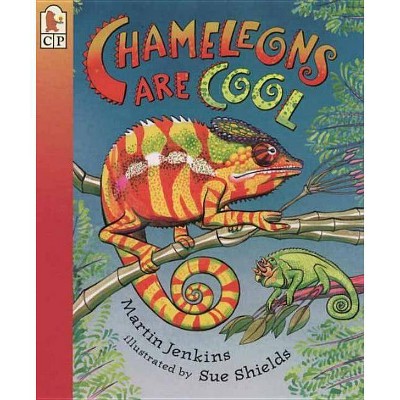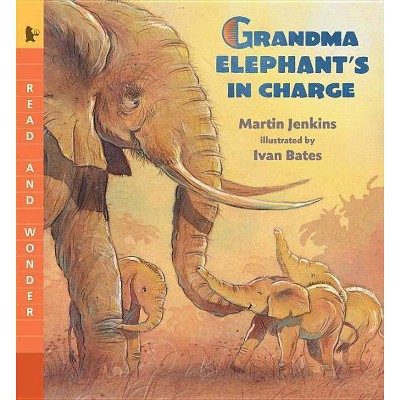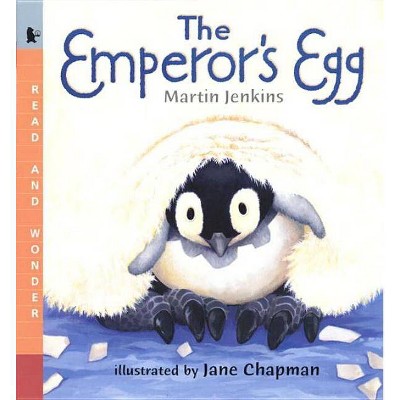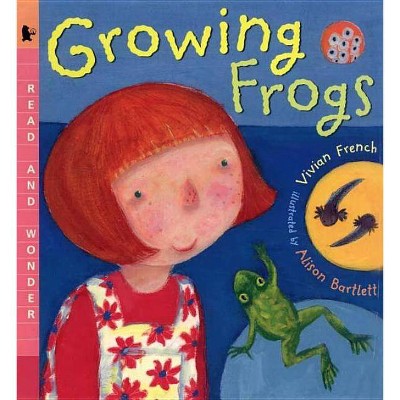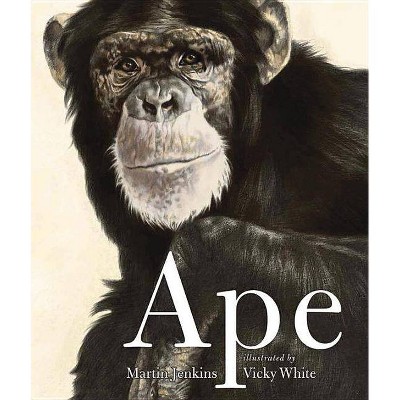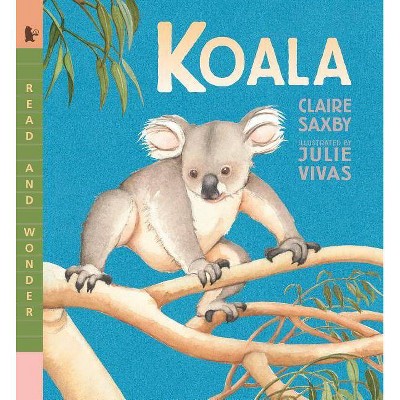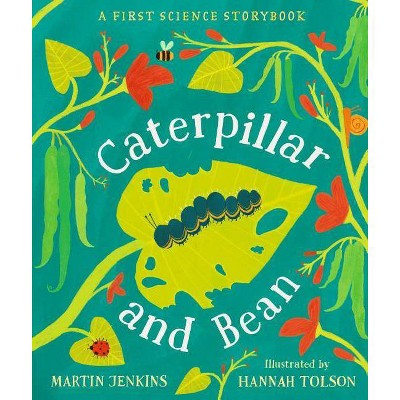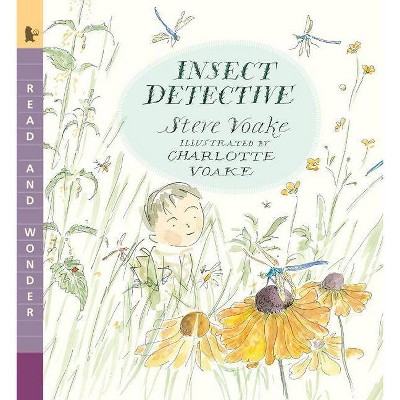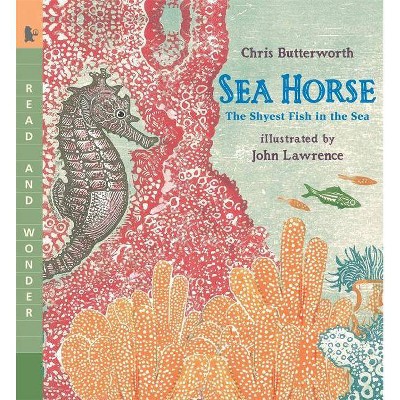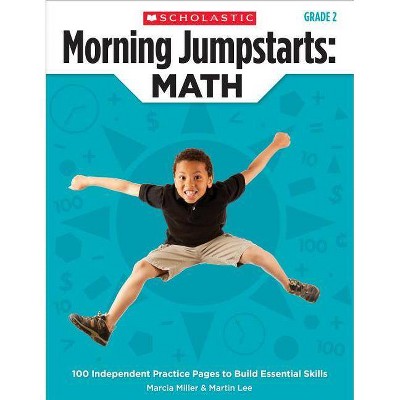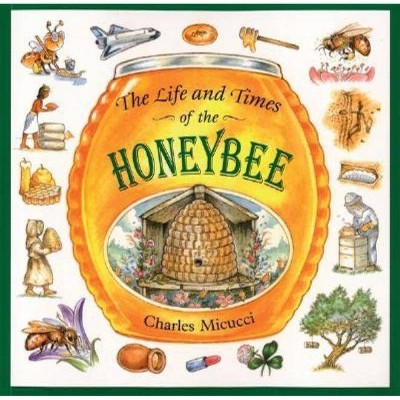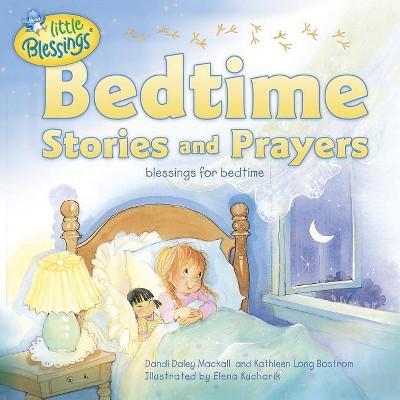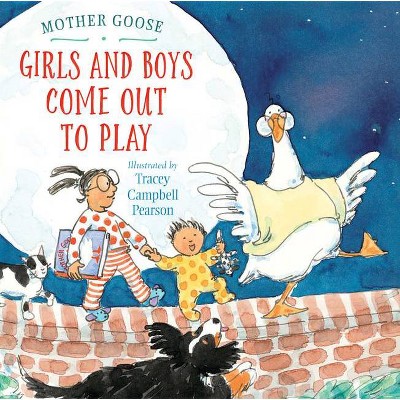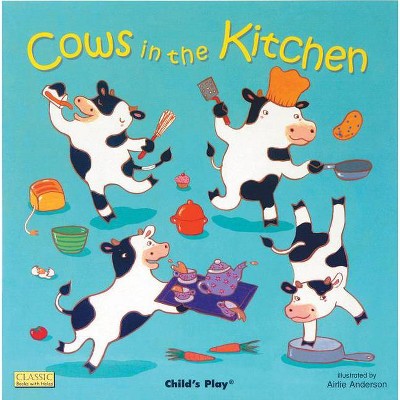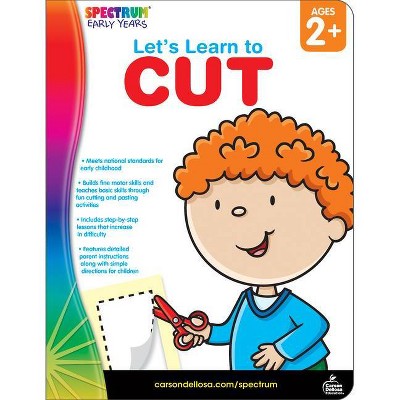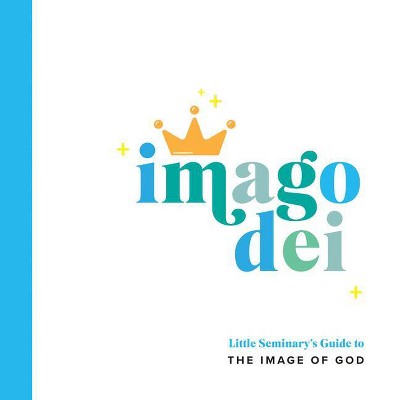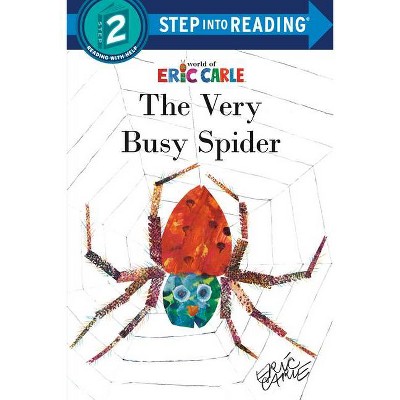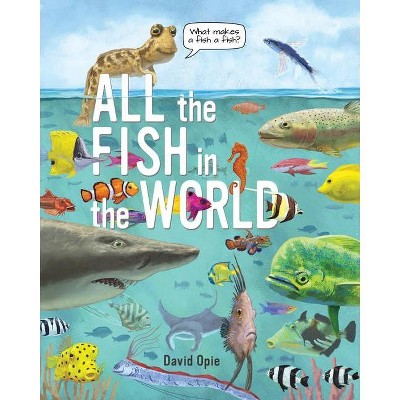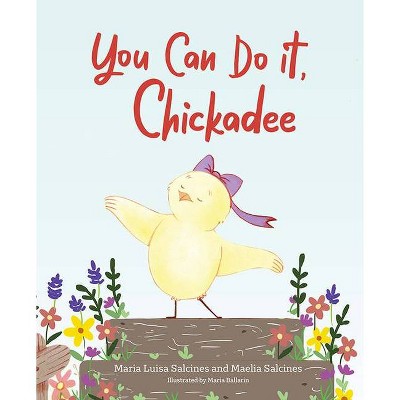Fabulous Frogs - (Read and Wonder) by Martin Jenkins (Paperback)

Similar Products
Products of same category from the store
AllProduct info
<p/><br></br><p><b> Book Synopsis </b></p></br></br><b>"Rich in greens and browns and full of splattery textures, especially the frogs. Most frog books focus on life cycle, this one nicely highlights diversity instead." -- <i>Kirkus Reviews</i></b><br><b><i><br></i></b>Huge frogs, tiny frogs, hairy frogs, and flying frogs hop through the pages of this colorful nonfiction book. Discover the Goliath frog, biggest in the world, and the Darwin's frog, which has a pointy nose and holds its tadpoles in its mouth. Learn why some frogs are brightly colored and which one can bury itself in the desert until rain comes. There are so many kinds of frogs in the world -- more than five thousand! -- and all of them are fabulous.<p/><br></br><p><b> Review Quotes </b></p></br></br><br>Hopgood's mixed-media artwork is rich in greens and browns and full of splattery textures, especially the frogs. Most frog books focus on life cycle; this one nicely highlights diversity instead.<br>--Kirkus Reviews <p/>Unique to Jenkins and Hopgood's collaboration is the book's design. Wonderfully sprinkled throughout, Hopgood's vibrant, eye-catching mixed-media renditions of frogs in mottled, earthy hues aptly complement Jenkins' accompanying narrative. Ideal for a wide range of early elementary students.<br>--Booklist <p/>Jenkins (<i>The History of Money</i>) presents a light...overview of species of frogs from around the world, accompanied by vivid mixed-media illustrations from Hopgood (<i>Hooray for Hoppy!</i>).<br>--Publishers Weekly <p/>A strong choice for group storytimes or science lessons, this volume will spark children's interest.<br>--School Library Journal <p/>Jenkins shares his fascination with the many sizes, shapes, and features of frogs in this survey of frog species...Hopgood's colorful, creative mixed-media illustrations of frogs, sometimes accompanied by hints of the surrounding environment, sometimes isolated on a white background, are technically precise in representing the main features of each species yet artistic in the rendering of textures and anatomical details.<br>--The Horn Book <p/>This is a beautifully illustrated non-fiction book with great scientific information...the frogs seem to jump right off the page. I have not been so excited over a book in some time. Readers will love reading this easy non-fiction book, and teachers could use it for a unit on amphibians. Index. Website.<br>--School Library Connection<br><p/><br></br><p><b> About the Author </b></p></br></br><b>Martin Jenkins</b> is the author of several nonfiction books for young readers, including <i>Can We Save the Tiger?, </i> illustrated by Vicky White, and <i>The Emperor's Egg, </i>illustrated by Jane Chapman. Martin Jenkins lives in Cambridge, England. <p/><b>Tim Hopgood</b> is an award-winning illustrator whose work has been featured in magazines such as <i>Esquire, GQ, </i>and <i>Harper's. </i>He lives in York, England.
Price History
Price Archive shows prices from various stores, lets you see history and find the cheapest. There is no actual sale on the website. For all support, inquiry and suggestion messages communication@pricearchive.us

